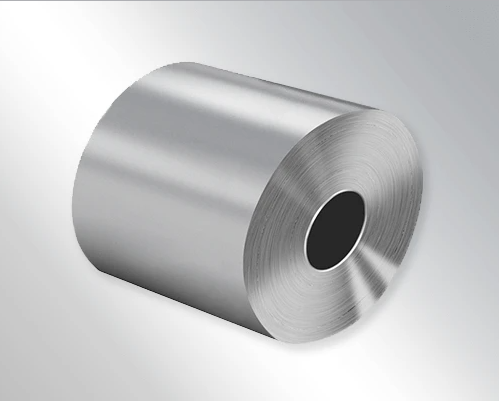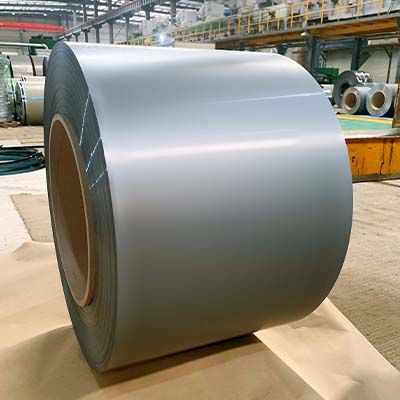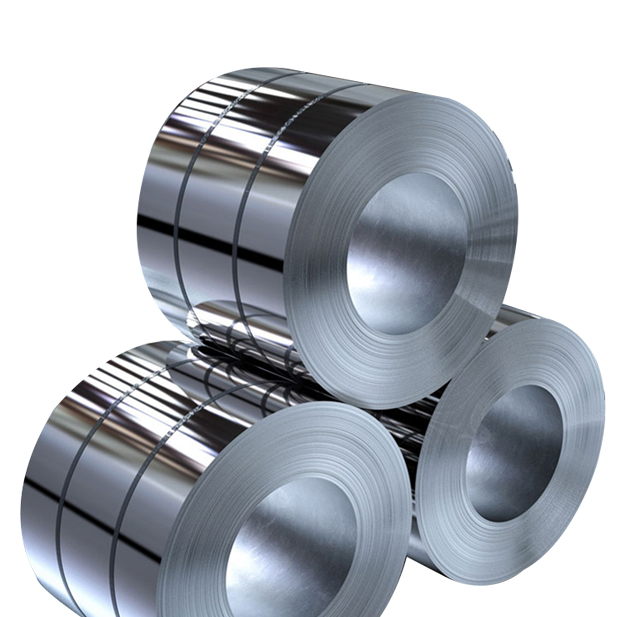How the power transformer core plays a crucial role in optimizing the performance of electrical systems? In this article, we will delve into more details about the power transformer core - construction, materials, and the impact they have on overall efficiency. Keep reading and find some valuable insights that will help you understand the significance of power transformer cores in the realm of electrical engineering.
What is The Power Transformer Core?
The power transformer core is a vital component within electrical transformers, responsible for the efficient transfer of electrical energy from one circuit to another. It serves as a magnetic pathway that facilitates the transformation of voltage levels, allowing electricity to be transmitted over long distances with minimal loss. The core's primary function is to generate a magnetic field by utilizing specific magnetic materials, thereby enabling efficient energy transfer.
Types of Power Transformer Cores
Power transformer cores are available in various types, with each design offering distinct advantages and performance characteristics. The most common types include the following:
Shell-Type Core: This core design consists of individual laminations that form a closed magnetic circuit. It provides excellent mechanical stability and is widely used in low-to-medium voltage applications.
Core-Type Core: In this design, the core surrounds the windings, providing better magnetic coupling. Core-type cores are commonly utilized in high-voltage applications and are known for their robustness and high efficiency.
Toroidal Core: A toroidal core is a ring-shaped core that offers excellent magnetic properties due to its closed-loop structure. This design minimizes leakage flux and enhances the overall efficiency, making it ideal for certain specialized applications.
Factors Influencing Core Performance
Core Material Selection
The choice of core material significantly impacts the overall performance of a power transformer. Various materials possess distinct magnetic properties that can affect efficiency and energy losses. Here are some commonly used core materials.
Silicon Steel: Silicon steel is a popular choice due to its high permeability, low hysteresis loss, and excellent magnetic properties. It offers good electrical resistance and is cost-effective, making it widely adopted in power transformer cores.
Amorphous Metal: Amorphous metal alloys exhibit lower core losses and higher saturation flux density than traditional silicon steel. Although relatively expensive, they are highly efficient and have gained popularity in certain applications.
Ferrite: Ferrite cores are known for their high-frequency performance and low eddy current losses. They find extensive usage in electronic applications and power supplies.
Core Construction and Design
The construction and design of power transformer cores significantly impact their performance characteristics.
Lamination Thickness: The thickness of individual laminations affects core losses and eddy current losses. Thinner laminations reduce losses but increase manufacturing complexity and cost.
Winding Technique: The winding technique used in transformer cores can influence magnetic flux distribution and overall efficiency. Techniques such as interleaved winding and multi-layer winding can optimize performance in specific scenarios.
Optimizing Power Transformer Core Performance
Minimizing Core Losses
Core losses in power transformer cores occur due to hysteresis and eddy current effects. In general, how to minimize these losses?
Material Selection: Choosing low-loss core materials like amorphous metal or high-grade silicon steel can significantly reduce losses.
Optimal Lamination Thickness: Selecting an appropriate lamination thickness based on specific requirements can minimize eddy current losses.
Improved Core Insulation: Enhancing core insulation reduces eddy current losses and improves overall efficiency.
Enhancing Efficiency
Efficiency is a critical aspect of power transformer cores, as it directly affects energy consumption and operational costs. To enhance efficiency, consider the following factors:
Reducing Flux Leakage: Carefully designing the core geometry and magnetic circuit to minimize flux leakage improves efficiency and reduces power wastage.
Optimizing Winding Technique: Employing advanced winding techniques that ensure proper alignment and distribution of magnetic flux enhances overall efficiency.
Conclusion
All in all, the power transformer core is one of the essential components that significantly impact the performance and efficiency of electrical systems. However, it is important to look for high-quality and reliable power transformer cores for your project, which can ensure excellent results in reducing losses and enhancing efficiency.
If you want some professional suggestions, please feel free to contact us at summer@aklgroup.cn. We can help you to make informed decisions to optimize power transformer core design and operation.







